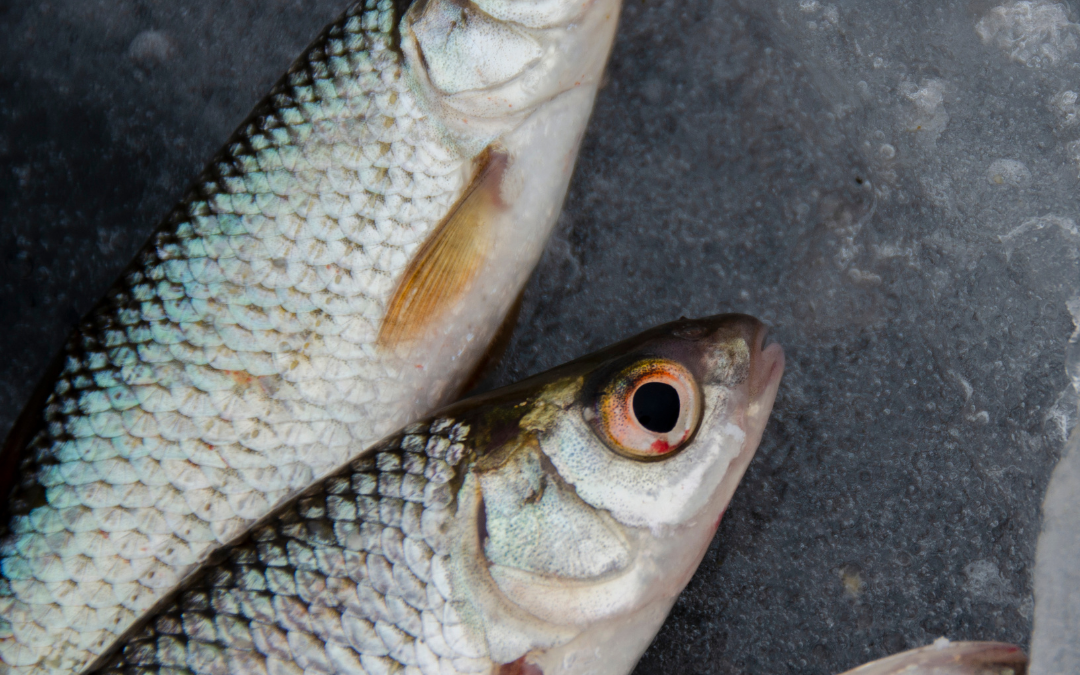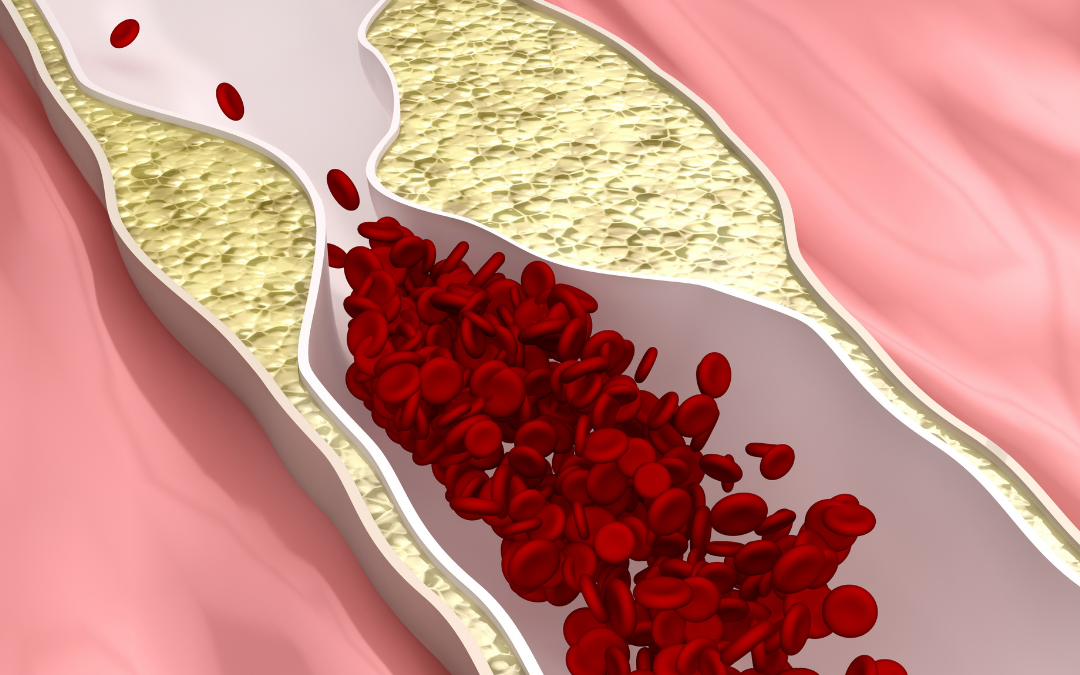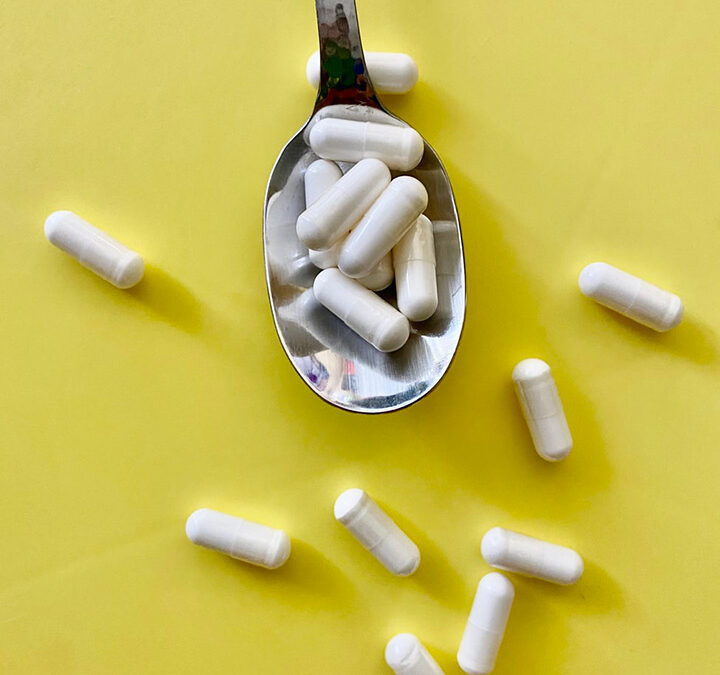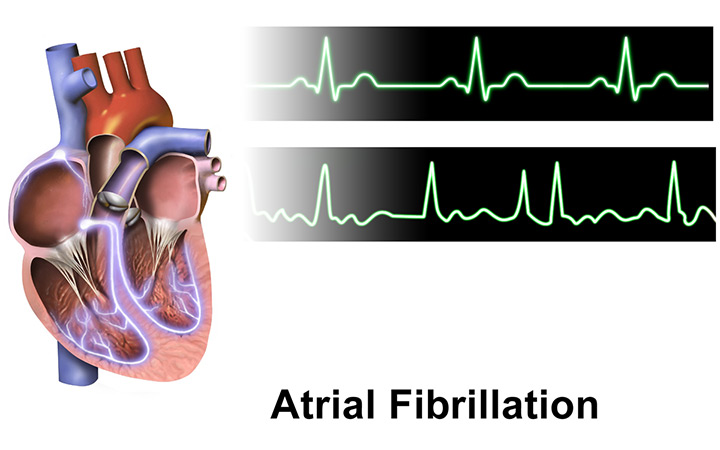
Related Posts

ARE YOU DEFICIENT IN OMEGA-3 FATTY ACIDS?
Related PostsRecently,...

WILL FISH OIL HELP OR HURT YOUR HEART?
Related PostsOmega-3...

EARLY ABLATION FOR ATRIAL FIBRILLATION: IS IT BETTER THAN LIFESTYLE MODIFICATIONS?
Related PostsIn my...

THE FUTURE OF PLAQUE IMAGING & DIAGNOSING CORONARY ARTERY DISEASE
Related PostsWhat is...

IS YOUR GUT THE CAUSE OF YOUR HEART DISEASE?
Related PostsAt...

ABLATION AND BEYOND FOR ATRIAL FIBRILLATION
Related PostsShould...

CARDIOVASCULAR DRUGS AND POTENTIAL NUTRIENT DEFICIENCIES
Related PostsCommon...

TREATING ATRIAL FIBRILLATION WITH ACUPRESSURE
Related PostsAtrial...

NATURAL WAYS TO DO WHAT STATINS DO
Statin medications are powerful drugs that reduce the risk of coronary events, including heart attacks, in people at high risk.
Statins work by reducing LDL (low density lipoprotein, or “bad” cholesterol) and inflammation (high-sensitivity C-reactive protein, or hs-CRP). But there are natural ways to reduce LDL particles and lower hs-CRP, and statins may not always be necessary.
Why is LDL “bad”?
When LDL particles linger in our blood, the phospholipids (fats) in the membrane of the LDL particle become damaged, or oxidized. Smaller LDL particles (from sugary and processed foods) linger in the blood longer, and can enter the artery lining. LDL particles can also be altered by sugar molecules or a protein called Lp(a). All of these altered LDL particles linger in the blood, cause an inflammatory response in the artery lining, and increases the risk of artery disease. So things that encourage the liver to remove LDL particles is a powerful way to reduce the risk and complications of heart disease. Statins do this, but there are other ways to do it more naturally.
What causes high cholesterol and inflammation?
The liver controls how many LDL particles are made and how many are absorbed back into the liver.
The first way to get elevated LDL cholesterol particles is for your liver to make too many of them. This happens when you eat too much, and especially if you eat too many sugary or starchy carbohydrates that are broken down to glucose. When the liver and muscle cells are full of glucose, the excess is converted in the liver to the fat triglyceride. Triglyceride is then packaged into lipoproteins that can carry it to fat cells for storage. The liver makes more LDL particles which are one of the lipoproteins that carry the excess triglyceride. If you are eating too much, your blood panel will show a higher triglyceride, lower HDL cholesterol, and increased LDL cholesterol. Your waistline will also enlarge and your insulin and blood sugar levels will go up. The solution is what you think. Easier said than done for sure but at CFC we can help you transition to a nutrient dense diet and use fasting to get rid of the extra stored energy.
LDL cholesterol particles can also become elevated when the liver does not reabsorb from the bloodstream correctly. LDL particles live in your bloodstream for a few days moving triglyceride and cholesterol around the body. LDL receptors in the liver pull the cholesterol out of the blood and if the receptors are reduced the amount of LDL cholesterol in the blood will increase.
The liver can control how much cholesterol it takes up by changing its number of LDL receptors. If the liver cells think they don’t have enough cholesterol, they will make more LDL receptors to bring more cholesterol in. This is how statin medications work: they turn off an enzyme called HMG CoA Reductase, which is responsible for turning on cholesterol production.
Since the main use of cholesterol in the liver is to make bile, you can fool your liver into needing more cholesterol by eating a high fiber diet. The fiber will carry bile out in the stool and liver LDL receptors will go up to bring in cholesterol to make more bile.
In times of stress and infection your body needs more cholesterol to repair damaged cell membranes. Anything the body perceives as a threat will turn up the HMG CoA reductase enzyme to meet the body’s needs for more cholesterol. It is very common for people to have elevated HMG CoA reductase enzyme. You can lower the activity of HMG CoA reductase with statin or you can get rid of whatever is placing the body in a state of defense.
- Insulin resistance (high insulin level fasting or after eating)
- Leaky gut syndrome (intestinal permeability)
- Occult infections (periodontal disease, root canal abscess)
- Nutrient deficiencies
- Being overweight and having visceral fat (fat around your organs)
Getting rid of these conditions will lower your HMG CoA reductase naturally.
How can you determine your risk of developing heart disease?
Plaque doesn’t just come from high cholesterol. It starts with damage to the inner lining of the artery, the endothelium. If there is a high number of LDL particles, and especially if those particles are small and damaged, they will get through the damaged endothelium and accumulate. If the immune system is stimulated, white blood cells will be attracted to the endothelium and engulf the cholesterol particles. This inflammatory process in the wall of the artery is the beginning of plaque.
To determine your risk of heart disease, we measure cholesterol as well as inflammation and endothelial damage for evidence of plaque-forming processes. Coronary calcium scans and angiograms are two tests that give a detailed picture of both calcified and soft plaque in the arteries.
Some cholesterol measures used to determine heart disease risk are the ratio of total cholesterol to your LDL, HDL (high-density lipoprotein, or “good” cholesterol), and Apo B (a measure of LDL particle number) levels. It turns out that even “bad” LDL cholesterol is not in itself a very strong indicator of heart disease risk. Identifying “damaged” or small LDL cholesterol particles is a more important way to assess your heart disease risk. Elevated LDL cholesterol may coincide with insulin resistance, high triglycerides, and low HDL. Knowing if you have problems with high insulin fasting or after a meal is a lot more important than just knowing your cholesterol. Advanced testing like this gives you a much more accurate determination of your risk than the standard lipid panel.
The functional cardiology approach to lowering LDL cholesterol begins with understanding why it is elevated. Is it because your liver is not removing the LDL particles from your blood, or is it because the liver is making too much cholesterol?
How can you lower your LDL cholesterol and inflammation without statins?
- Follow a fiber-rich nutrient dense diet
- Eliminate processed foods
- Try intermittent fasting–join our monthly community fasts to learn how to fast safely and sustainably
- Exercise
- Reduce stress through meditation, mindfulness practices, and proper sleep
How do our bodies remove LDL particles?
A strong signal to increase LDL receptors comes when the liver needs more cholesterol in its cells. Reducing the cholesterol in the liver increases LDL receptors and lowers LDL particles. This is the way statins work. Statins reduce the production of cholesterol by the liver so it must take in cholesterol from the blood. This is why a high-fiber diet reduces LDL. When more cholesterol is excreted in the stool, the liver is in short supply of cholesterol and increases LDL receptors.
Low thyroid hormone levels tell the body that resources are low and need to be conserved. This includes blood cholesterol. Reduced thyroid function increases LDL particles by reducing LDL receptors. Even borderline reductions in thyroid function that conventional doctors would call normal can increase LDL particles. This does not necessarily mean that thyroid hormone therapy is needed. More often, thyroid hormone production is impaired due to stress, lack of sleep, or inflammation.
The role of insulin resistance
The most common reason for cholesterol build-up in the liver is insulin resistance. Insulin resistance is reversed by losing weight, particularly visceral fat that builds up inside the body. Visceral fat can be present even in thin people, so testing body composition fat percentage or insulin levels may be needed if insulin resistance isn’t obvious.
Weight loss can be achieved through diet, including intermittent and therapeutic fasting. The Colorado Functional Cardiology clinic can work with you to find the diet that will reduce inflammation, fat stores, and improve your cholesterol levels. To learn more about how intermittent fasting can improve your health, join our Heal Your Heart community fasts each month.
Top tips
A nutrient rich, high-fiber diet with plenty of vegetables is fundamental for reducing cholesterol both because it is good for weight loss and because it eliminates cholesterol from the liver as bile.
Dietary cholesterol does not overly increase our LDL levels because our bodies are good at absorbing only the amount we need from what we eat, and expelling the rest. Eggs, which are high in dietary cholesterol, are one of our best sources of choline. A choline deficiency can aggravate or cause fatty liver disease.
Watch out for omega-6 PUFA (polyunsaturated fatty acids) in vegetable oil. Vegetable oils are recommended by conventional cardiologists (over butter and lard) because they lower “free” cholesterol in your blood, but in fact the cholesterol is stored in your body. PUFA also easily oxidizes (turns rancid), which can in turn oxidize the LDL particles in your blood and increase heart disease risk.
Get your thyroid levels checked. Even borderline low thyroid levels increase LDL particles.
Reduce stress and body fat. Inflammation and excess visceral fat increase LDL particles and be a sign of insulin resistance, a major cause of high LDL levels.
